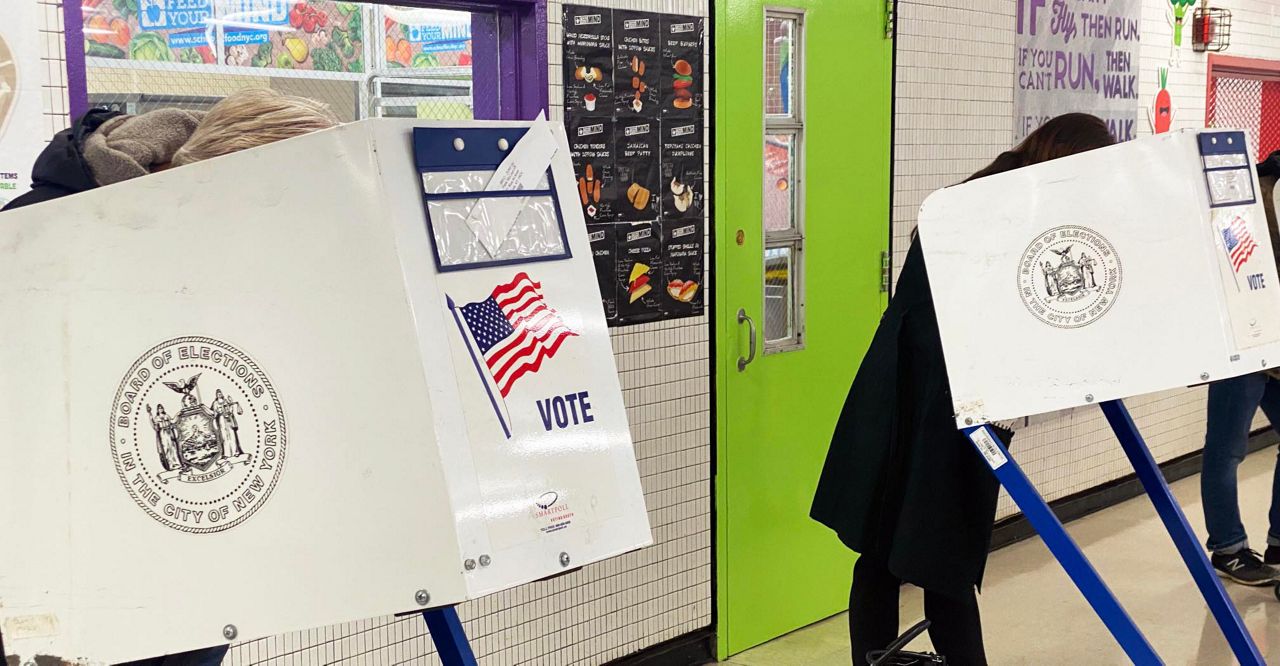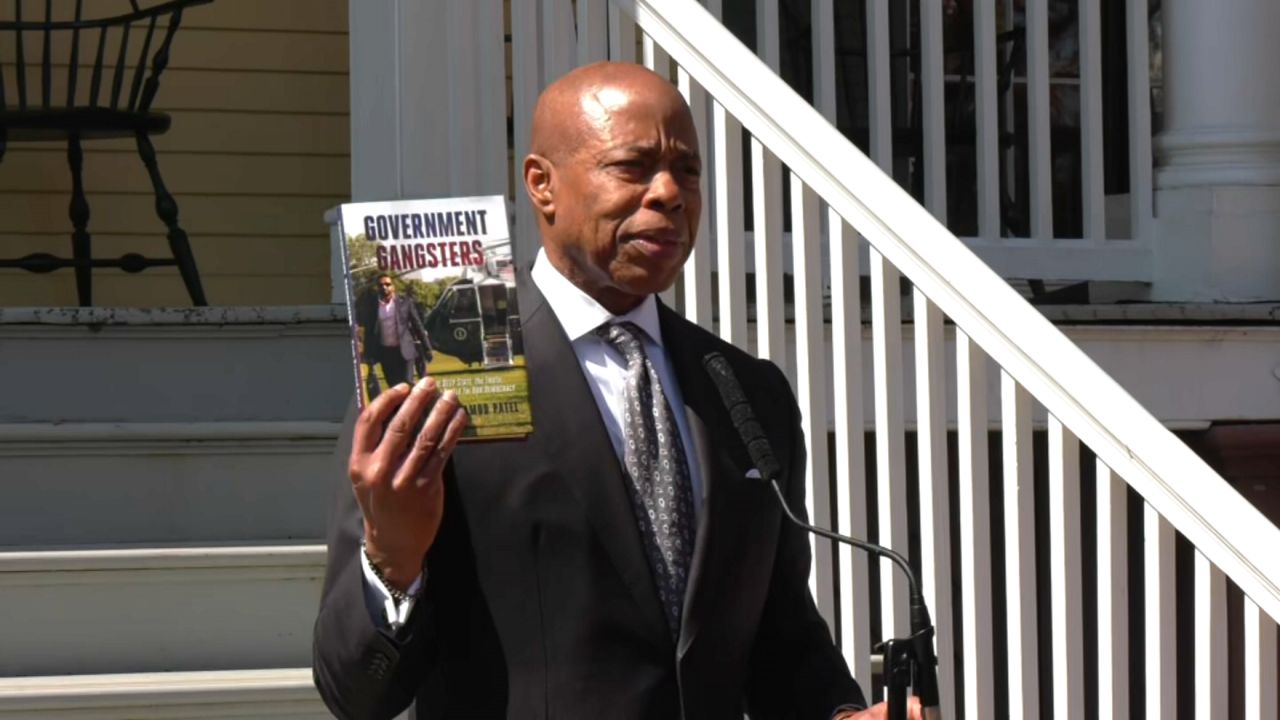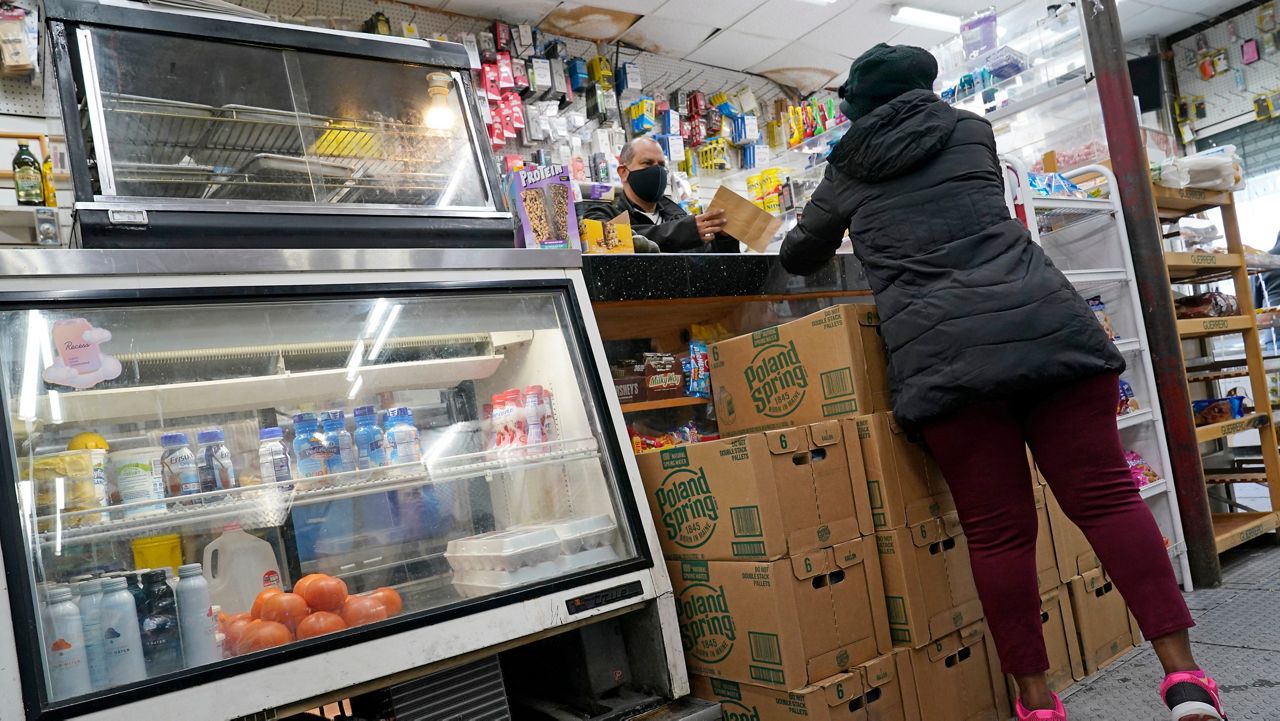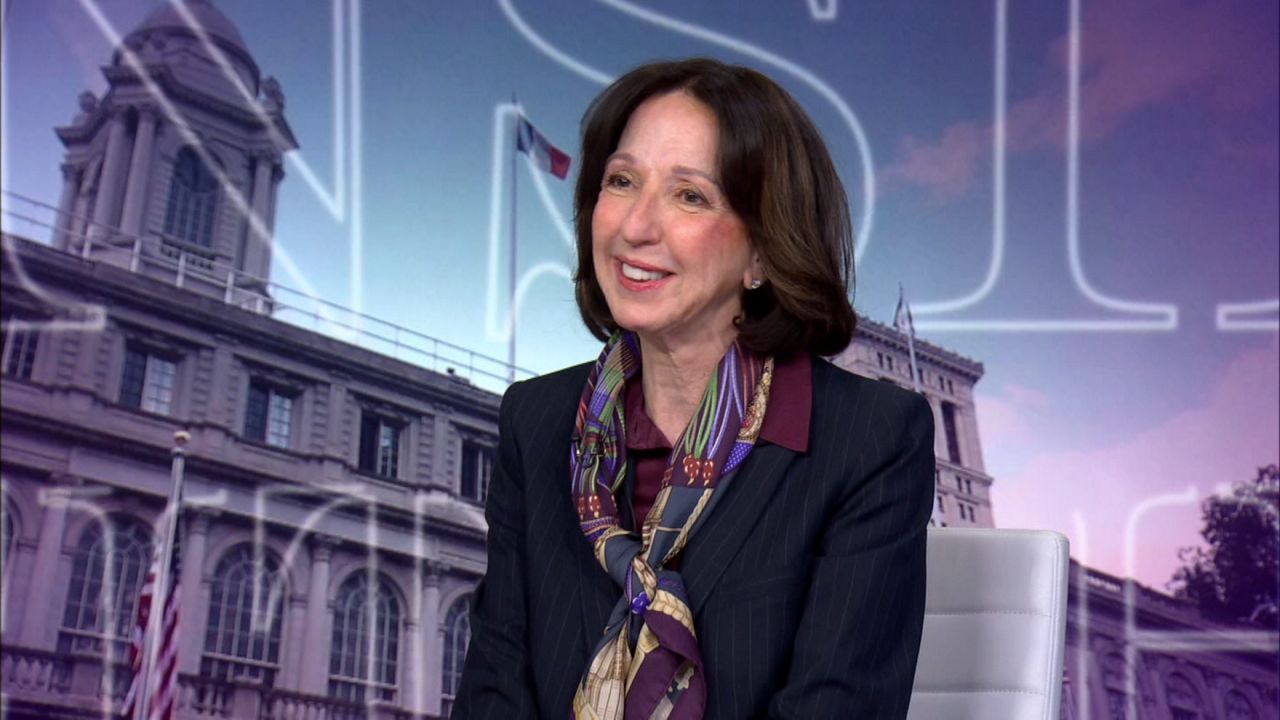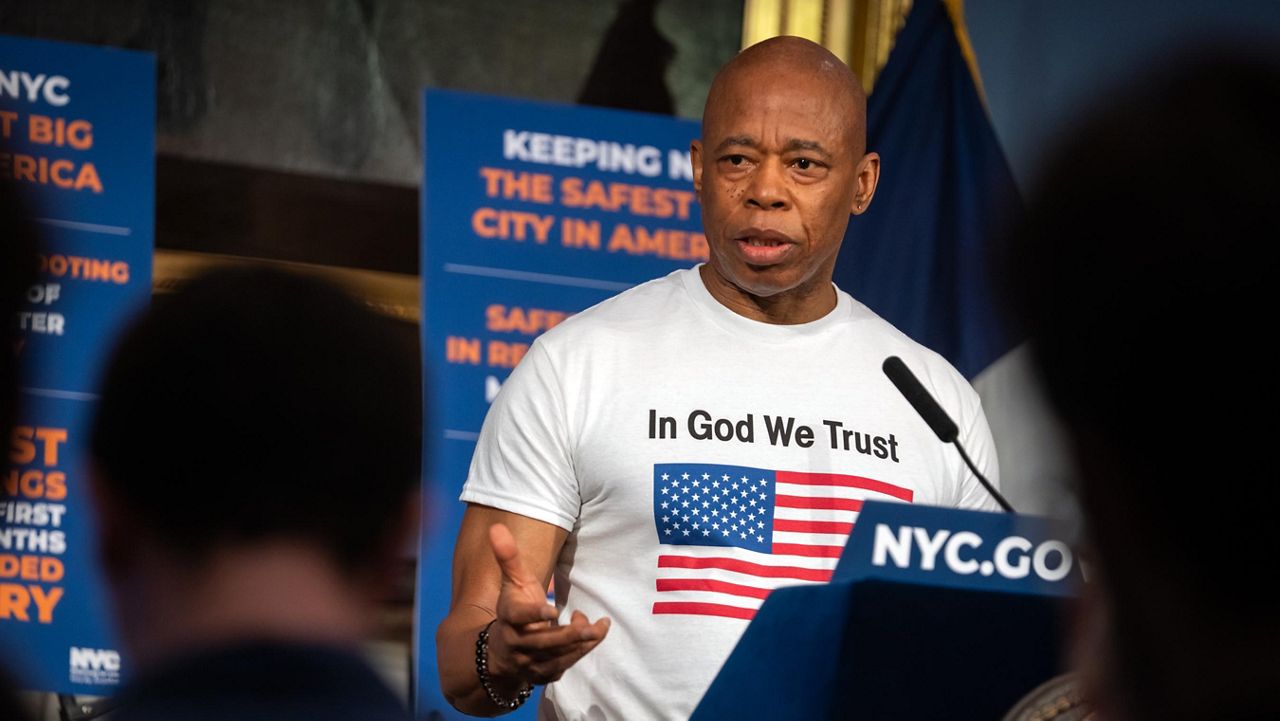City residents said yes to all four ballot measures at the polls in Tuesday’s midterm elections, in addition to casting votes for city, state, and federal officials.
One of the measures was posed to voters statewide, while the other three pertained to just New York City.
The first measure asked voters to authorize the state to issue more than $4 billion in bonds to fund climate and environment projects.
The three city initiatives were recommended by the Racial Justice Task Force formed by former Mayor Bill de Blasio in the wake of the protests following George Floyd’s murder in 2020.
Here’s a brief rundown of the proposals:
Proposal 1: The state bond act for climate resiliency and pollution
New Yorkers voted to authorize the state to seek $4.2 billion by issuing bonds, with the money being divided up into several large buckets of spending over five to 10 years:
- $1.5 billion for pollution reduction; wetland protection; retrofitting; green energy projects; zero-emission school bus fleets; and urban forestry programs
- $1.1 billion for shoreline restoration; safeguarding flood-prone infrastructure; and ecological restoration programs
- $650 million for land and fish hatchery conservation
- $650 million for sewage infrastructure; reducing storm and agricultural runoff; and addressing algae blooms
Proposal 2: Adding a new preamble to the city charter
New Yorkers voted to authorize New York City’s government to amend its charter to include a preamble that emphasizes the city’s commitment to diversity.
Proposal 3: Creating a new city office of racial equity
New Yorkers voted in favor of allowing the city to create a mayoral office of racial equity, as well as require a series of biennial reports on racial equity from that office and each city agency. The initiative also creates a permanent Commission on Racial Equity that offers input on city planning and policy.
Proposal 4: Requiring the city to measure the “true” cost of city life
The majority of New York City residents voted in favor of a measure that requires the city to develop a new metric to inform policymaking: tabulating the “true cost of living” for New York City. The metric does not take into account public or private assistance, such as housing vouchers, and considers “housing, child care, child and dependent expenses, food, transportation, healthcare, clothing, general hygiene products, cleaning products, household items, telephone service, and internet service.”




